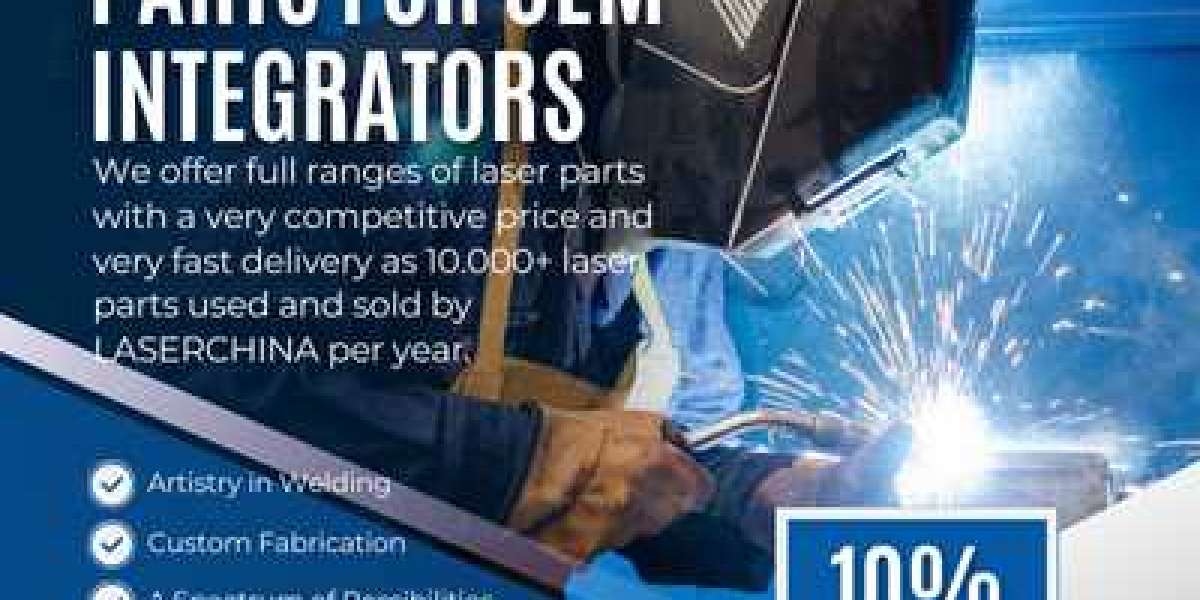Laser welding and cutting machines have become indispensable tools across various industries due to their precision, efficiency, and versatility. These machines utilize focused laser beams to cut, weld, and shape materials with high accuracy. Here’s a detailed look at their features and benefits:
Key Features of Laser Welding and Cutting Machines
High Precision:
Laser technology allows for precise control over the beam, enabling intricate designs and clean cuts, especially on delicate or thin materials. This makes laser machines ideal for industries like electronics, jewelry, and automotive manufacturing.Versatility:
Laser machines can work on a wide range of materials, including metals (steel, aluminum, titanium), plastics, ceramics, and composites. They are compatible with diverse industries, from aerospace to medical device manufacturing.Non-Contact Process:
The laser beam does not physically touch the material, reducing wear and tear on equipment and minimizing the risk of contamination or distortion.Automation and CNC Integration:
Most modern laser machines come equipped with CNC (Computer Numerical Control) systems. This allows for automated operation, precise repetition, and easy integration into production lines.Customizable Power Levels:
Adjustable power settings enable users to cut or weld materials of varying thicknesses, making the machine adaptable to different project requirements.Environmentally Friendly:
Laser machines produce minimal waste compared to traditional cutting or welding methods, contributing to more sustainable manufacturing practices.
Benefits of Laser Welding and Cutting Machines
Enhanced Productivity:
Laser machines significantly reduce production times. High-speed operation combined with automation leads to faster project completion, which is critical for industries with tight deadlines.Cost-Effectiveness:
Although the initial investment is high, the long-term savings are substantial. Laser machines require minimal maintenance, have low operational costs, and reduce material wastage, improving overall cost efficiency.Superior Quality:
The precision of laser technology ensures smooth edges, consistent welds, and minimal finishing requirements. This level of quality is particularly important for industries such as healthcare and electronics, where precision and reliability are paramount.Improved Safety:
Automated laser systems reduce the need for manual handling, lowering the risk of accidents. Additionally, laser machines are equipped with safety features like enclosures and interlocks to protect operators.Flexibility in Design:
With laser technology, complex shapes and intricate patterns can be created effortlessly. This flexibility allows designers and manufacturers to push the boundaries of innovation.Energy Efficiency:
Modern laser systems are designed to consume less energy compared to traditional methods, reducing the carbon footprint of manufacturing processes.
Applications in Various Industries
- Automotive Industry: For cutting and welding car body parts and intricate components.
- Electronics Industry: In manufacturing circuit boards and micro-components.
- Aerospace Industry: For precision cutting and welding of lightweight, durable materials.
- Medical Field: In creating surgical instruments and implants.
- Jewelry and Artisanal Crafts: For intricate designs and custom engravings.
Conclusion
Laser welding and cutting machines represent a leap forward in manufacturing technology. Their ability to deliver precision, speed, and cost savings makes them a valuable asset in modern industries. As technology continues to advance, laser systems are likely to become even more efficient and accessible, cementing their role as a cornerstone of innovative manufacturing practices.














